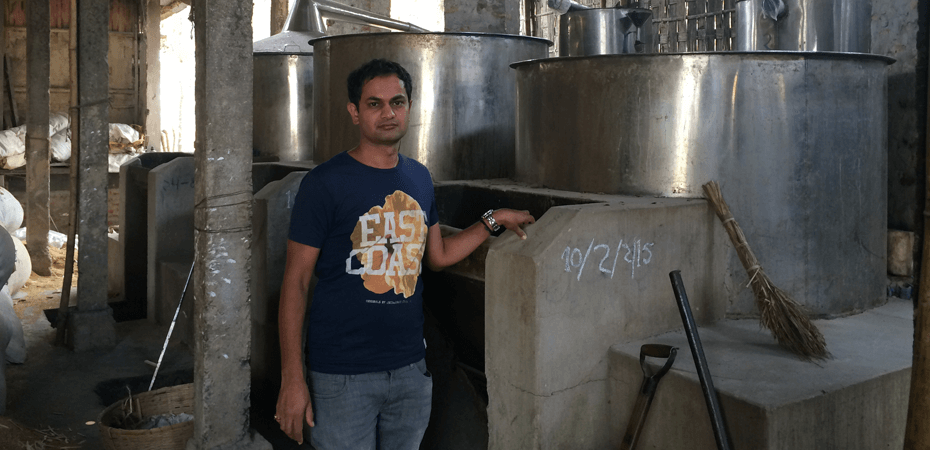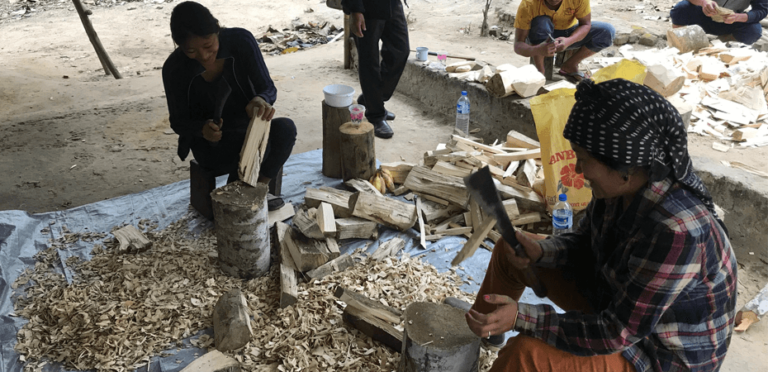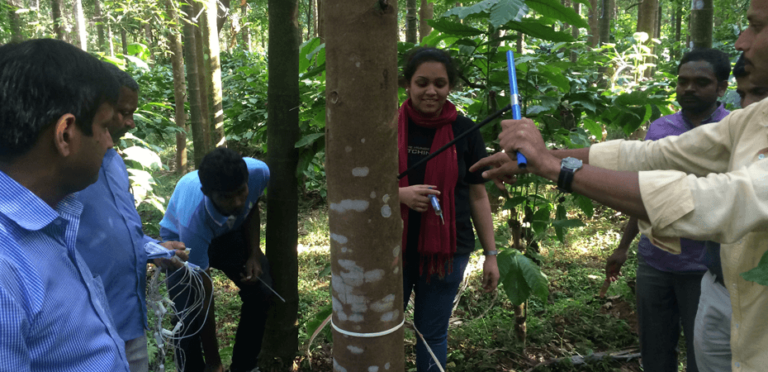According to a survey conducted by the Assam Forest Department in 2003 and 2004, about 90 lakh agar trees have been identified on farmland. According to the study, there are already about 9100 conventional oil units. 7,28,000 agar trees were supplied by growers every year to meet these demands. About 50,000 farmers and workers were directly involved in the agar industry. About 1.5 lakh people indirectly benefit from the agar industry as its business and other partners.
According to a recent study, agar agriculture is at the forefront of post-emergent states, with over 1 crore 85 lakh agar trees grown. There are 1 crore 30 lakh agar trees in the state of Assam. Tripura is growing 15 lakh, Manipur 2.5 lakh, Mizoram 1 lakh, Nagaland 30 lakh, Arunachal Pradesh 3 lakh, Meghalaya 5 lakh, and Sikkim 50 thousand agar trees grown. Aquilaria Malaccensis cultivation is scientifically cultivated in Assam and grows on sandy and rocky terrain in the slopes of the hills with rainfall of over 3500 mm annually.
Considered to be a good income tree, Agarwood is growing in every household in Assam’s Shivnagar, Joret and Golghat districts, from 50 trees to 1,000 agar trees in their gardens and gardens. Up to one thousand-acre trees are being grown. Local grower Sanjeev Bhra says that some farmers leave the tree trees for 10 to 15 years, planting small trees under it and waiting for it to grow until it grows larger. Growing smaller trees into larger trees can make the trees grow taller; this will increase the profit for the grower. Re-planting can be avoided simultaneously, as one can expect continuous returns.
According to a recent study, agar agriculture is at the forefront of post-emergent states, with over 1 crore 85 lakh agar trees grown. There are 1 crore 30 lakh agar trees in the state of Assam. Tripura is growing 15 lakh, Manipur 2.5 lakh, Mizoram 1 lakh, Nagaland 30 lakh, Arunachal Pradesh 3 lakh, Meghalaya 5 lakh, and Sikkim 50 thousand agar trees grown. Aquilaria Malaccensis cultivation is scientifically cultivated in Assam and grows on sandy and rocky terrain in the slopes of the hills with rainfall of over 3500 mm annually.

Considered to be a good income tree, Agarwood is growing in every household in Assam’s Shivnagar, Joret and Golghat districts, from 50 trees to 1,000 agar trees in their gardens and gardens. Up to one thousand-acre trees are being grown. Local grower Sanjeev Bhra says that some farmers leave the tree trees for 10 to 15 years, planting small trees under it and waiting for it to grow until it grows larger. Growing smaller trees into larger trees can make the trees grow taller; this will increase the profit for the grower. Re-planting can be avoided simultaneously, as one can expect continuous returns.
In the North eastern states, they are locally called Saatchi. Of these, there are three main breeds in which the bolosachi grows, but it lacks quality. Although the species is slow growth, the insect is naturally infected with fungal infections. It also features quality Agar production. Another species is Sanchi, which is confined to Assam Hills and Barak Valley. Most farmers grow agar in their empty places of land, and in some places, there are plantations of 600 to 800 plants per acre are cultivated without maintaining a certain distance. Similarly, the company cultivating the agarwood crop as the main crop, the number of 500 to 650 plants squarely by keeping the distance of 8ft x 8ft or 9ft x 9ft gap in the plantations.
No new method has been implemented in agar oil production units in the north eastern states. Distillation, an ancient method, is still in place. As a first step, the trunk is cut 2 to 5 cm and immersed in a water tank for 4 to 6 weeks. This is called fermentation. The agar oil is then distilled in large distillation units and cooked for 20 to 30 days. Mainly three grades of agar oil are made and these are called Boya, Boha, & Khara. This oil is measured in volume and tola(weight) in trade. One tola(weight) is equal to 11.62 gms. Each talon(weight) is priced at Rs 1000 to Rs 12000 depending on the grade. Due to the lack of modern distillation plants, the distillation process has reduced the quality and production of oil, and many local units have closed and many units have closed due to global competition. It is becoming increasingly apparent that sophisticated approaches are needed in processing and marketing matters.
Vanadurgi has installed processing facilities together with our associates in the Assam state. We have stet up facilities for production of extraction grade material by purchasing trees from farmers and natural trees suppliers. In such processing units Chips are curved and wood quantise with less resin content are further processed in to oil.




